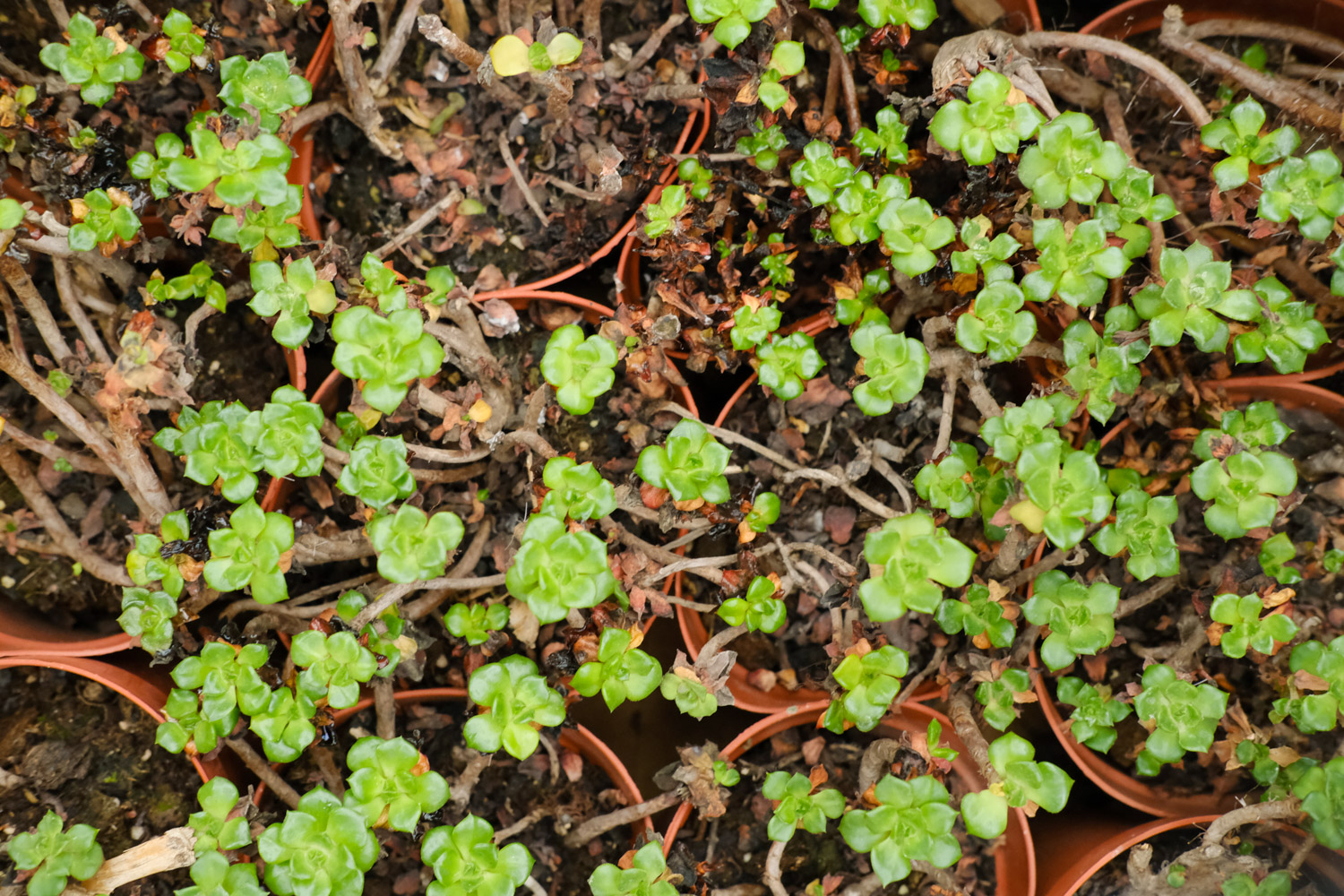1. Basin selection
With the growth of meat, the volume of the old basin may hinder the extension of the root. When changing the basin, you should choose a slightly larger one. The new basin should not be too large. It can be slightly larger than the old basin. The bottom of the basin should have a drain, which can not only give sufficient growth space to the root, but also avoid the problems caused by ponding and rotten root

2. Debasing
Don't add water to the meat two weeks before you decide to change the pot. Dry soil is easier to operate when removing soil, and will not damage the root because the soil is too sticky. Gently hold the stem of the meat with your hand and turn it upside down with the basin. You can easily remove the old basin

3. Check the root system
Gently open the soil mass with your hand, check the root of the meat, trim the old root when you see it, and pay attention to the protection of the new root. Because the ability of old roots to absorb nutrients is very limited, timely cleaning can promote the growth of new roots. Don't worry that cutting the root will affect the later survival. Just cut off the old root safely. After pruning, the roots are not as complicated as before. Put them in a cool place and start the next step

4. Soil preparation
Put a layer of ceramsite at the bottom of the flowerpot to absorb excess water and avoid rotten roots, because its particles are also relatively large and will not affect the drainage at the bottom. Add a layer of peat soil on the ceramsite, vermiculite and perlite on it, and mix them in equal quantities. Peat soil is about four times as much as vermiculite. It is covered with peat soil, vermiculite and perlite, and mixed evenly with a small shovel. The soil in this configuration is sparse and soft, with good air permeability, which is conducive to the growth of roots
5. Planting
Dig a hole with a shovel, put the meat in and cultivate the soil. You can add a little more mixed soil on the top layer and compact it slightly with your fingers. Don't rush to water it when it's just planted. Move it to a ventilated and cool place for a while. When the water in the soil is insufficient, the meat will take root faster. After two to three weeks, the root is almost developed, so you can water it

 how many times do yo...
how many times do yo... how many planted tre...
how many planted tre... how many pine trees ...
how many pine trees ... how many pecan trees...
how many pecan trees... how many plants comp...
how many plants comp... how many plants can ...
how many plants can ... how many plants and ...
how many plants and ... how many pepper plan...
how many pepper plan...





























